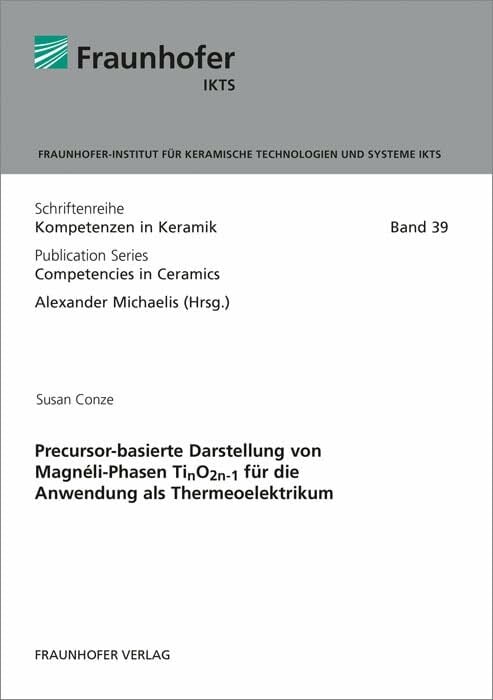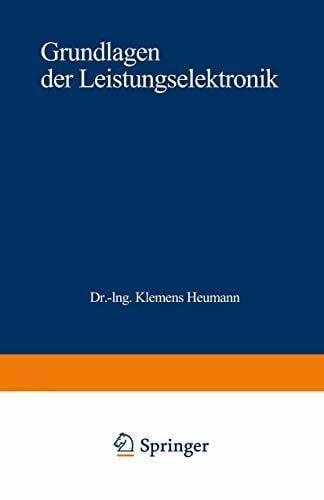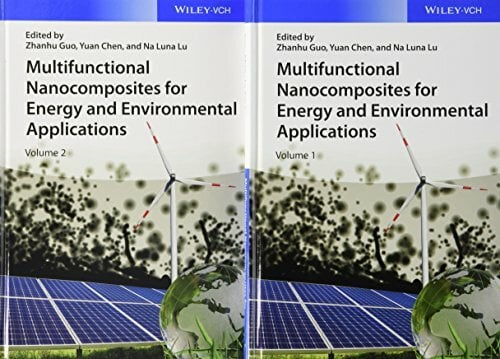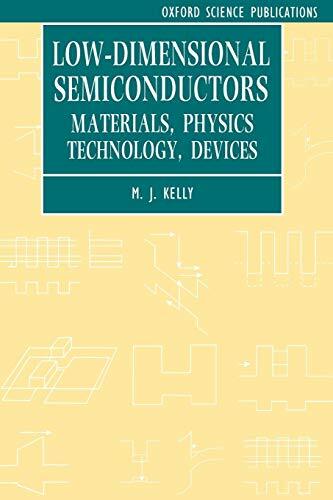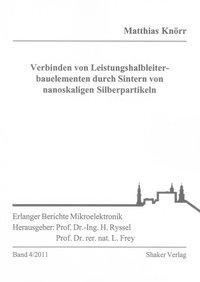
Verbinden von Leistungshalbleiterbauelementen durch Sintern von nanoskaligen Silberpartikeln
Kurzinformation
inkl. MwSt. Versandinformationen
Artikel zZt. nicht lieferbar
Artikel zZt. nicht lieferbar

Beschreibung
This thesis deals with the application of nano-scaled silver particles for die attachment in power electronics. The goal is to lower the levels of the parameters time (60-180 s), pressure (30-50 MPa) and temperature (230-250 °C) that are needed for the state-of-the-art sintering process using micron-scaled silver flakes. The main focus is on reducing the pressure needed as high scrap rates have to be expected for high levels of pressure. First, the sintering of different silver powders is compared. The results indicate that the capping material passivating the nano-scaled silver particles defines the sintering behaviour: the process cannot start until the coating is removed. The polymer polyvinylpyrrolidone proves to be too stable to be decomposed at the desired temperatures of less than 300 °C. Particles capped with oleic acid sinter very well in air. Only poor sintering can be detected in absence of oxygen, though. It follows that the adsorbed oleic acid decomposes by means of oxidation. Density measurements are used to track the sintering of stencil printed layers of a silver nanopaste. The silver particles in the paste are sized 30-50 nm and passivated with oleic acid. Rising densities with increasing time and temperature can be detected. After 3600 s at 300 °C, a relative density of 0.70 times the one of pure silver is reached for example. The graphs of density versus time show a distinct sectioning. A fast rise occurs during the initial phase of sintering. After this, the density trends towards a plateau. The initial slope steepens noticeably with increasing temperature. This is credited to the decomposition kinetics of the passivation material. Once it is removed, the particles sinter very quickly. Silver layers that are covered by a chip sinter considerably worse. The reason is the limitation of oxygen supply that leads to a slower degradation of the oleic acid. This can be more than compensated by applying pressure. Sintering for 60 s at 275 °C and 5 MPa leads to a density of 0.75. Three test series are run to investigate the influences of the parameters time, pressure and temperature on density individually. After this, the mechanical properties of the bonds are analysed. Young's modulus and strength are measured. It is shown that both can be described by power laws of the density. A sinter interconnection formed at 60 s, 275 °C, 5 MPa has a Young's modulus of 44.3 GPa and a shear strength of 40.1 MPa for example. Hence, the shear strength is comparable to those of solders. Finally, reliability tests are run in order to establish estimates for the lifetime of the die attach layers. Thermal cycling and power cycling tests are used to determine the number of cycles to failure depending on the sinter parameters. Solder materials are tested for benchmarking. All the sintered interconnects show a considerably better reliability than the lead-free Sn96.5Ag3Cu0.5 solder. Comparing the differently sintered silver layers, an increase of lifetime with density can be observed. The quality of the interface plays a decisive role, too. The sintered bonds cannot be destroyed during the power cycling experiment between +45 °C and +175 °C. A Coffin-Manson model is applied to merge the results of thermal and power cycling. Using this model, a 4000 times longer lifetime than the one of soldered specimens can be extrapolated for the sintered die attachment in power cycling. von Knörr, Matthias
Produktdetails

So garantieren wir Dir zu jeder Zeit Premiumqualität.
Über den Autor

- Hardcover -
- Erschienen 2014
- Springer Vieweg

- perfect
- 520 Seiten
- Erschienen 2013
- Springer
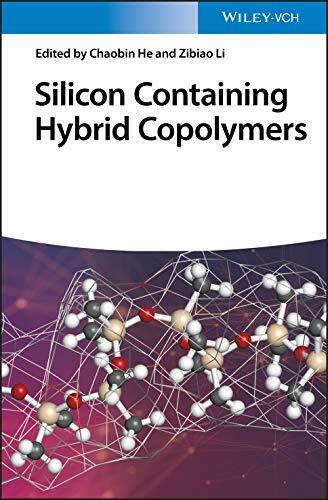
- Gebunden
- 268 Seiten
- Erschienen 2020
- Wiley-VCH

- Gebunden
- 445 Seiten
- Erschienen 2020
- Wiley-VCH
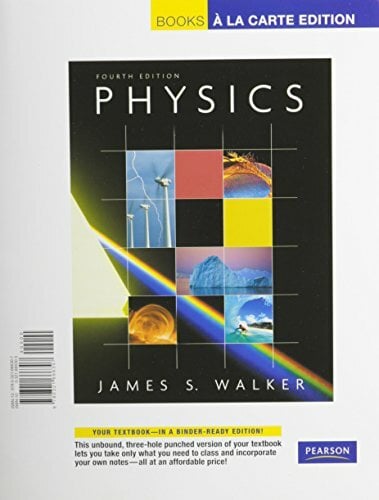
- Gebunden
- 1088 Seiten
- Erschienen 2012
- Wiley-VCH
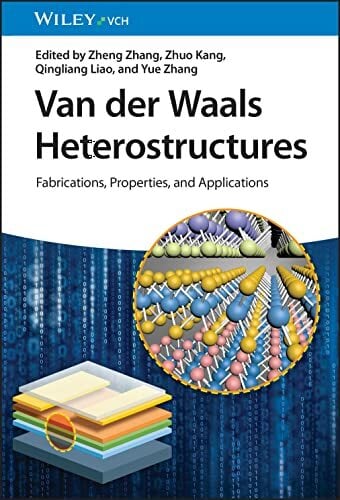
- Gebunden
- 323 Seiten
- Erschienen 2023
- Wiley-VCH
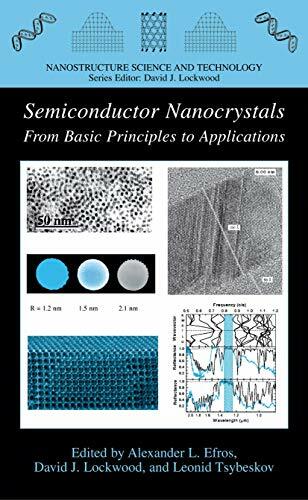
- hardcover
- 277 Seiten
- Erschienen 2003
- Springer

- Kartoniert
- 272 Seiten
- Erschienen 2021
- Wiley-VCH

- paperback
- 527 Seiten
- Erschienen 1997
- Springer
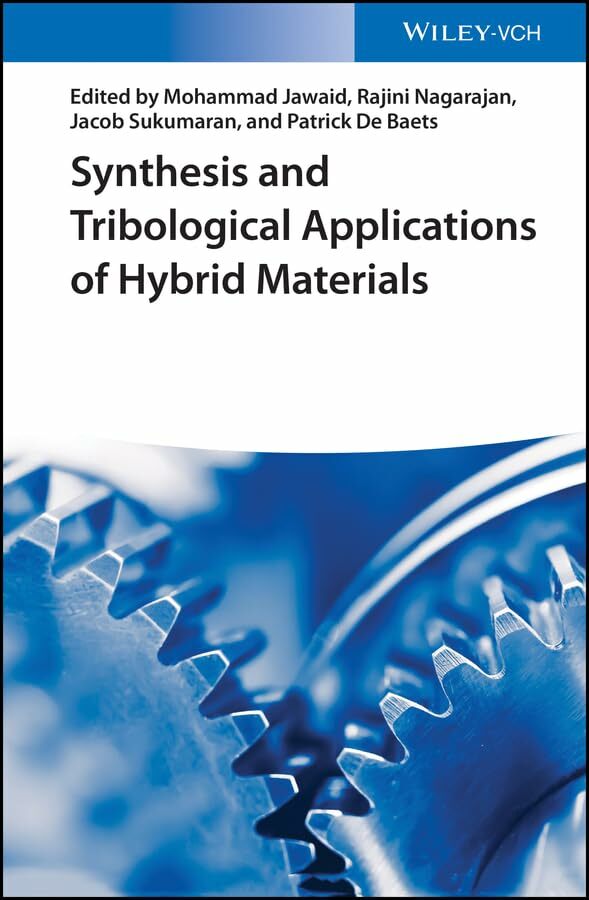
- Gebunden
- 234 Seiten
- Erschienen 2018
- Wiley-VCH
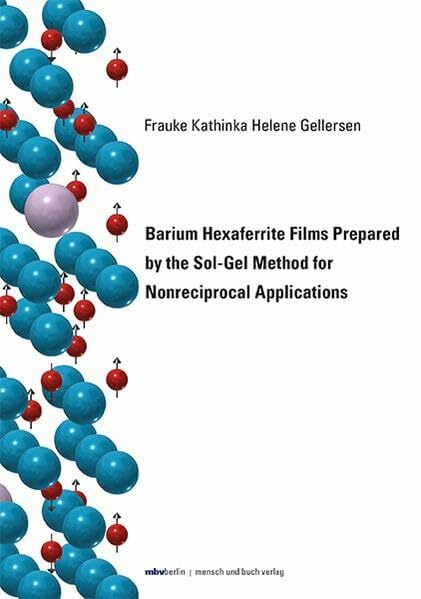
- paperback
- 120 Seiten
- Erschienen 2019
- Mensch & Buch

- Gebunden
- 557 Seiten
- Erschienen 2012
- Wiley-VCH





















